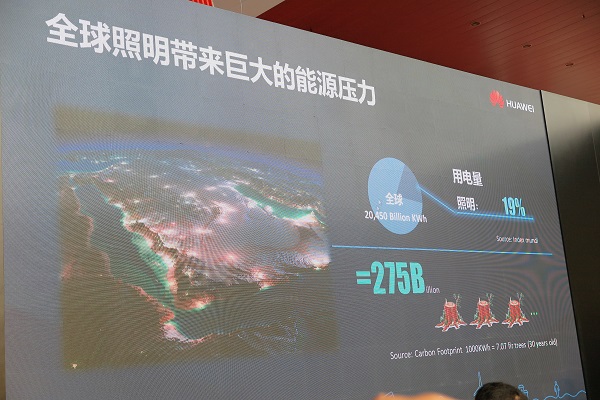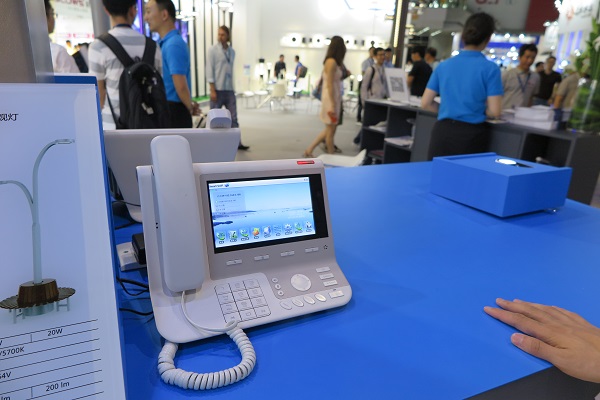Smart cities is definitely one of the latest buzzwords, together with the Internet of things (IoT), cloud computing, smart data and visible light communication (VLC). Interesting enough, it is actually the presentation of these factors integrating all together on a scale of a city. Everything in a city–transportation, communication, security, water and power supply, and other community services–through networks, computing, analysing, and data transfer, can be more efficiently managed and improved. This is how a smart city is conceived.
To put all that into practice, as we can see, a lot of countries have begun the transformation and one of the things they started with is- lighting. Lighting is surely indispensable to make Smart Cities possible and that has opened up for the lighting industry, especially LED lighting, possibilities to participate in this new technological revolution. With collaboration with other sectors, such as governments, software providers, and manufacturers of light source controllers and sensors, LED makers can really make the most of the chance to gear up for the convergent future.
GILE 2017 invited Huawei, Philips, Tridonic and other tech giants to put into perspective how smart urban light lays foundations for the smart city development.
 |
 |
|
(Images: LEDinside) |
Dr. Wu Chou, CTO of Gateway and Enterprise Network at Huawei, disclosed right at the beginning that after going through digitization of communication and then the service industry, the world is now transitioning to ‘the digitization of the real economy.’ Countries such as Germany (Industrie 4.0), America (Industrial Internet), and China (Made in China 2025) already blazed their trails on this digitization trend and they have come to realize IoT is the core of the whole smart process.
When Lighting connects to the networks and becomes a part of IoT, according to Chou, the energy it consumes, 19% of the world electric energy, is able to decrease by 80%.
 |
 |
|
(Images: LEDinside) |
The notion of Philips Lighting resonated with Huawei’s. When lighting fully integrates with the Internet and cloud computing, not just dimming and rendering different colour with apps, switching lights on and off remotely or with voices or embedded gesture recognition sensors and the like, a larger scale of intelligent lighting can be realized in the future. That includes VLC on a city scale, which light acts as an agent to carry signals and transfer data between fixtures, mobile devices, and other infrastructures to enable efficient energy saving, security management and other services.
 |
|
(Image: LEDinside) |
Mr. Tjaco Middel, Head of R&D, Asia Pacific, Tridonic China pointed out that the lighting industry is facing a disruption just as the classic ‘digital disruption’ Kodak, the noted photography and digital imaging company, encountered, namely the Kodak effect. He went on and explained the lighting industry experienced a series of revolutions. Early from the era of conventional lighting, in which illumination was realized simply with electronic ballasts and lamps, the industry underwent the LED disruption and a new form of illumination- with LED drivers and LED modules-came into existence. Following that, a more sophisticated way of illumination with improved efficiency and colour rendering, perhaps further integrated with the networks for intelligent use, will emerge and what it could bring is probably beyond mere illumination. Middel addressed all this with a simple equation shown in the picture below. He called that ‘the Kodak moment’, when a breakthrough occurs, for the lighting industry.
 |
 |
|
(Images: LEDinside) |
At GILE 2017, LEDinside found a few companies devoted to smart lighting and smart cities innovations. Radiantech, Inc., a Taiwan-based lighting control and monitoring alarm system company, showcased a full set of intelligent system from drivers provided by Philips Lighting and Mean Well and its self-developed monitoring and controlling software, to fixtures offered by QBAS Tech, a lighting company also based in Taiwan. The system features single lamp failure detection, voltage and current detection and BI cloud service. It allows remote monitoring of street lights to reduce maintenance cost and shorten failure time. Thermometers, cameras and air sensors can be installed on deployed light poles to watch and detect any environmental changes. With the back-end cloud computing service, the system also enables long-term analysis of data transmitted through Radiantech’s own gateways, each of which is able to connect to 200 lamps at a time.
Beautiful Light Technology Corporation (BLTC), another Taiwanese LED lighting product supplier, demonstrated the BLTC IP Camera Lamp for IoT smart home lighting. The smart bulb sported a fisheye 360 degree VR wide angle IP camera and a 2 megapixel CMOS progressive sensor that enabled real-time streaming of the environment on a connected mobile device.
 |
 |
|
(Images: LEDinside) |
The China-based lighting firm Gloria Technology LLC presented its VLC technology using an intelligent street light and a VLC enabled phone samples. They are still yet to be commercialized but they, together with their VLC equivalents developed by other companies, reflected a future where light speeds up and make convenient data transmission and exchange.
 |
 |
|
(Images: LEDinside) |











